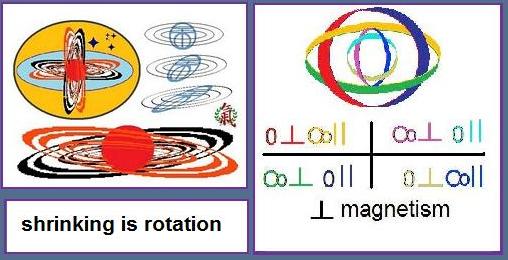
How Many Hours is New Years Day on the Earth L. Edgar Otto 12-30-2011
Lewis Carroll once asked "When does the day begin?" and the result of this was the International Date Line as a division of twenty-four time zones along the equator of the Earth. It was set in the Pacific where the jump between a given local hour across the line was a whole day so that it affected only sparsely populated regions. Let us recall that New Zealand is center of sea mass and England the center of land mass.
Recently, Soma changed its time zone to match that of its commercial partners to be three hours ahead instead of twenty one hours behind. Thus Friday, December 30th vanished from their calendar. I do not know what this means for birthdays, but I know the courts ruled workers are to be paid for that work day.
I have asked various well educated people in real life and over the internet this question and passionately received a few diverse answers in disagreements and even observed some to change their mind switching sides.
I regard it as a simple problem if I ever got around to work it out, or maybe chat with people over the world while the holiday is passing. But considering the models of mathematics involving projections and time from Riemann's analysis of manifolds to Dirac's observation on what styles of waves occur in nature, that and clock time difficult respecting longitude in navigation (the chronometer helped in its time), I am not so sure it is a simple problem. So, I will now address it creatively and informally welcoming any input or comments that may enlighten me, especially how it applies to our new particle zoo which seems to me still much in the state of theory Dirac called of that level of things, Pre-Bohr.
Consider a train of a unit, or interval length that goes through a tunnel of the same length. It achieves its length entering then leaving the tunnel. If we imagine this twenty-four hours a train then the usual answer is forty-eight hours to complete the full cycle around the equator for the holiday.
Of course the world spins in one direction, some say this changes things half again for the answer of thirty-six hours. If we imagine the tunnel in motion toward the train in motion some argue it to be precisely twenty-four hours. Others adjust the figures with better approximations that involve fractions added to parts of hours- not the consideration of say local sun time at any given location.
We also know from the voyage of Magellan taking a year and with kept daily logs to navigate the earth and from further voyages, depending on going West or East, the dates match or lose a calendar day coming back to the starting point.
This evokes in me foundational questions like what if in the center of a tunnel two half trains left each other at the speed of light. In a simple sense their relative velocity as if two photons is the velocity invariant of light. The twin paradox time differences, ground casuality, depends on which twin is undergoing acceleration. or for Dirac this sort of asymmetry is in the consideration of but one photon formalism.
Now, many have challenged my casual use of terms like an infinite velocity or problems like time travel, but such conceptions have begun to be discussed in the depths of physics again. These being questions of contiguity and congruences, isolated systems or open ones, in general singularities and certainly issues of conservation of energy.
We can map projections into projections, a sphere into a disc or expand lunes to so map and recursively map successive copies of the world again into the partially seen hyperbolic space representation of the interior of a circle. Or we can show the amount of daylight over the hemispheres, a Mercator projection as a moving double belt in the Geoclock (TM), the whole earth and in a sense its shadow.
If I were in Somoa today how many hours would December 30th be somewhere on the Earth?
* * * * *


No comments:
Post a Comment